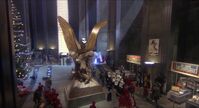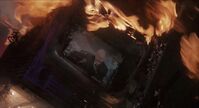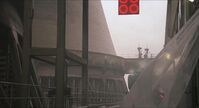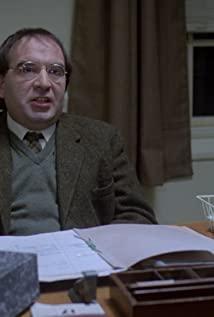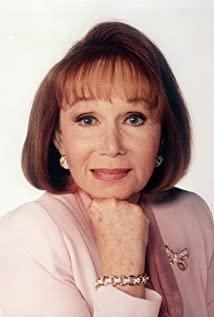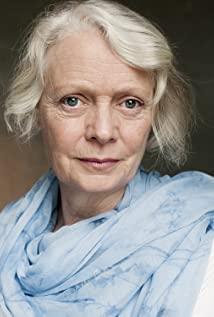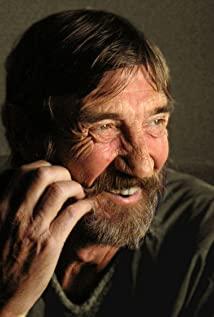The first draft of the script of "Wonderful Fantasy" was written by Terry Gilliam and Charles Alverson. Although the latter was paid, it did not appear on the list of screenwriters. Gilliam later asked Charles McCain and Tom Stoppard to conceive the script together. At that time, the film was titled "The Ministry and 1984?", and the "1984?" was derived from George Orwell's novels. "Nineteen Eighty Four" and Federico Fellini's "Eight and a half", the visual style of Gilliam's works is deeply influenced by Fellini. The film’s creator thought of many titles during filming, including "The Ministry of Torture", "How I Learned to Live with the System" and "So That's Why the Bourgeoisie Sucks". The final "Brazil" happened to coincide with the film. The tone of escapism is the same.
Gilliam regards this film as the second part of his "Fantasy Trilogy", and the remaining two are "Time Robbers" and "The Adventures of the Bragging King". The "Fantasy Trilogy" is all about "the madness of the disordered society and our desire to escape reality", focusing on efforts and struggles to escape reality through fantasy, but the age groups of the three protagonists are different.
Michael Atkinson of "Voice of the Country" said: "Gilliam knows that all futuristic films will eventually reflect the naive past and transform this rule into a smooth and free comedy aesthetic. "This technique, which was named "retro-futurism" by Jean-Pierre Gennet and Marc Carlo, is commonly referred to as "black science fiction", that is, to show the 80s from the perspective of the filmmakers in the 1940s. It is eclectic, it is a wonderful fusion of style and artistic design between Fritz Lang's works (especially "Metropolis" and "Murder M") and the noir film starring Humphrey Bogart. "Wonderful Fantasy" is not without the shadow of German expressionism in the 1920s. The latter was the predecessor of noir films in the 1940s. Gilliam's ingenious lighting techniques and set design benefited from this.
Gilliam has always been fond of wide-angle lenses and oblique viewing angles. Audiences familiar with mainstream Hollywood commercials will definitely find the wide-open images in this film extraordinary. Gilliam used a 14mm Chase lens and 11mm and 9.8mm. Among the Kinoptic lenses, the former is the most frequently used. In fact, since the advent of "Wonderful Fantasy", the 14mm lens has been dubbed the "Gilliam Lens" by filmmakers in the industry.



